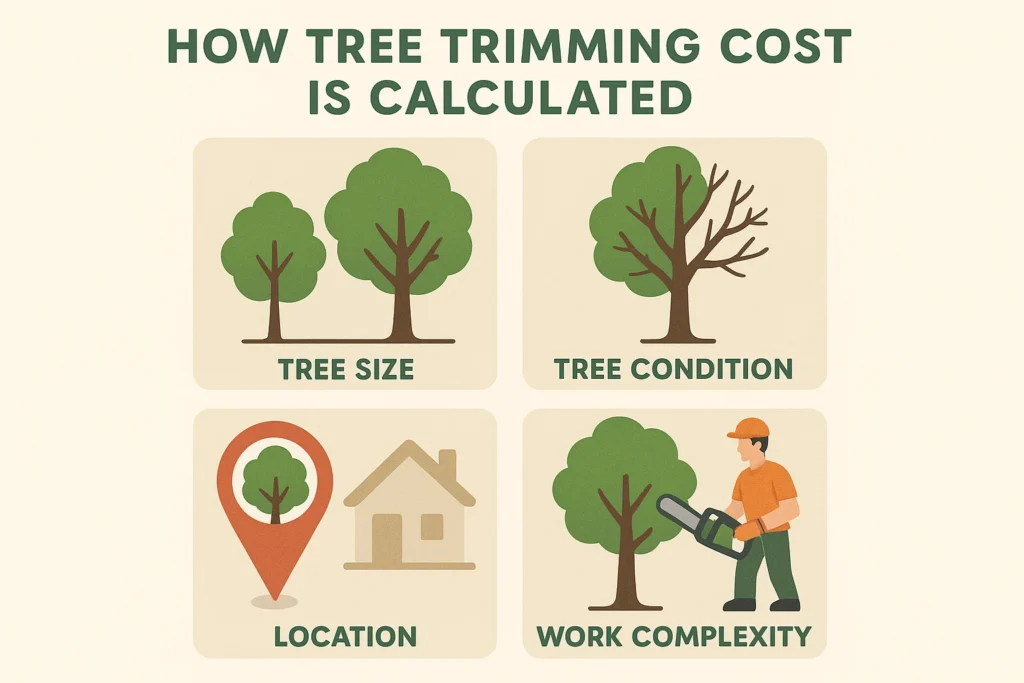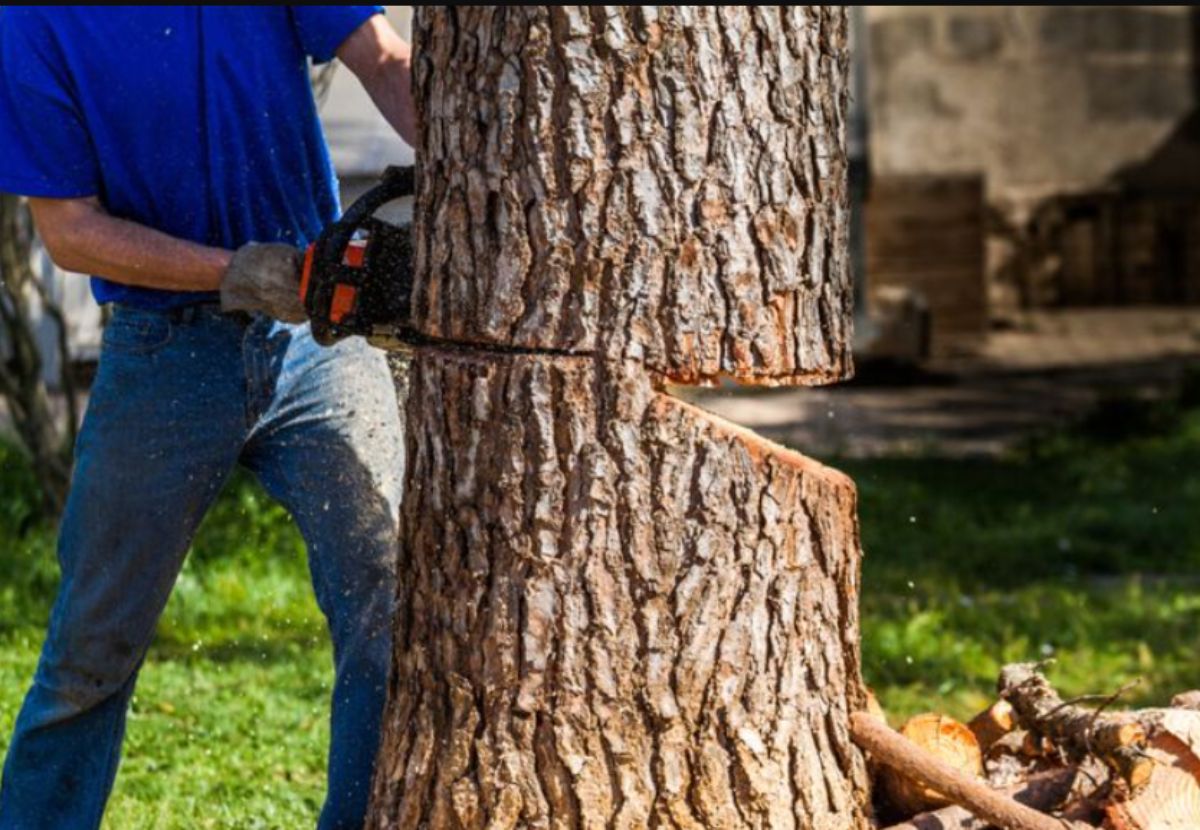Featured
Table of Contents
- – Waverly, IA Stump Removal Rate Structure
- – Top Rated Tree Removal In Waverly, IA
- – How Much Does A Arborist Cost In Waverly, IA
- – Waverly, IA Stump Removal: Hourly Rates
- – Waverly, IA Tree Removal Installation Cost Gu...
- – Highly-Rated Arborist In Waverly, IA: Pricing
- – Waverly, IA Stump Grinding Price Comparison T...
- – Luxury Stump Grinding Prices In Waverly, IA
- – Outdoor Stump Grinding Costs In Waverly, IA
- – Waverly, IA Arborist Fees: What To Know
- – Insurance Costs For Tree Service In Waverly,...
- – Lifetime Tree Cutting Costs In Waverly, IA
- – Waverly, IA Tree Service Special Features Co...
- – Waverly, IA Tree Clearing Price Variables
- – Waverly, IA Tree Trimming Moving Costs

The subsections below provide more detailed info about rates, including an average range for each. TypeAverage Removal CostPineConiferPalmMagnoliaArborvitaeAshCedarSweet GumEucalyptusSycamoreCypressOakMaplePoplar You can expect to pay between to remove a pine, depending upon its size. Removing a pine is among the more budget-friendly jobs unless it is one that has actually been around for several years and is rather big.
Waverly, IA Stump Removal Rate Structure
Pines also have a tap root that grows deep into the soil, which can show to be harder to remove. The procedure itself includes a specialist cutting the tree, clearing the base, cutting the surface roots, removing the stump, and lastly treating the soil. Without an expert hand, you run the risk of leaving pine seedlings behind, which will fall from the roots of distressed pines.
Top Rated Tree Removal In Waverly, IA
The U.S. nationwide average for conifer removal is approximately to have the conifer cut down, transported away, and the stump ground or removed entirely. Conifers are normally much easier to eliminate, and even though they can grow rather high, they do not cost a fortune to get rid of. Conifers consist of pine, spruce, fir, and juniper trees.
How Much Does A Arborist Cost In Waverly, IA
While conifers are lovely, they kill native plants and particular types of grass (tree clearing). The average rate of palm removal depends on the height as much as the type, ranging from.
Waverly, IA Stump Removal: Hourly Rates
That is why it is necessary to understand which type you are getting rid of. While you do not need an herbicide to kill a palm tree, there are some steps your removal expert will need to take to guarantee the job is done correctly. There are 2 ways they can eliminate them: by slicing them down or digging them up.
Waverly, IA Tree Removal Installation Cost Guide
From there, they remove the real tree and then the stump. Expect to pay in between to remove this type of tree, depending on the specific size and information of the job.
Highly-Rated Arborist In Waverly, IA: Pricing
There are three types: green, white, and black ash. White ash is understood for its lots of colors. With its gray-tinged bark, its leaves are green or purple in the spring and golden yellow or purplish-red in the fall. They delight in moderate environments and lots of sun. The green ash is called such due to its green or yellow foliage.
Waverly, IA Stump Grinding Price Comparison Tool

Due to the variation in height, the removal cost variation is broad from. A coniferous, evergreen tree, the cedar is a hardy types.
Luxury Stump Grinding Prices In Waverly, IA
The growth of false cedars differs from 50 feet up to 230 feet high. Property owners may pay anywhere from, depending on the roots. With star-shaped leaves and stunning fall colors, the sweet gum is thought about a medium to big tree. Enjoying complete sun, the sweet gum can not endure contamination.
Outdoor Stump Grinding Costs In Waverly, IA
Generally, it costs between to remove a eucalyptus. Eucalyptus are not typical everywhere, but they are rather large compared to others, which is why even the smaller ones are so expensive to get rid of.
Waverly, IA Arborist Fees: What To Know
There are a handful of methods to do this, consisting of burning, pulling, grinding, or killing them with herbicide. Anticipate to pay between to get rid of sycamores, based upon the height, trunk size, and quantity of work involved. Sycamores are among the largest wood trees, normally varying from 60 to 100 feet tall and as broad as 15 feet.
Insurance Costs For Tree Service In Waverly, IA
The very first two actions will expose the insides of the tree and cut off the flow of nutrients up the trunk. From there, a professional uses herbicide to eliminate the tree and reduce the trunk. They will eliminate the stump. Otherwise, new sprouts might grow from it. Lowering and eliminating a full-grown cypress might cost as much as.
Lifetime Tree Cutting Costs In Waverly, IA
There are several kinds of Cypress trees, however the most common are the Leyland, Arizona, Bald, and Italian. The Bald Cypress grows in swampy or really moist areas while the others delight in a dry, warm, or hot environment (stump grinding). They can grow as high as 80 to 100 feet high
Waverly, IA Tree Service Special Features Costs

Prone to diseases, the Cypress is one of the most treasured woods for furnishings. The average oak grows to around 60 feet, and depending on the complexity of the removal, it costs an average of to get rid of. The exact size of your oak and the effort needed to fell it impact what you will in fact pay for elimination together with any additional services like stump grinding.
Waverly, IA Tree Clearing Price Variables
Access to the trees and the roots will likewise affect the overall expense. Maples are typically amongst the more costly trees to get rid of since of their size and the work included in the elimination.
Waverly, IA Tree Trimming Moving Costs
Poplars are giants of the types. Growing as high as 90 to 115 feet, these enormous woods are mainly discovered in The United States and Canada and consist of the aspen, cottonwood, and balsam trees. Boasting an expansive root system, poplars can be costly to eliminate when completely grown. The process to get rid of trees involves all the cutting and cutting of the branches and trunk, bringing it down to a stump.
Table of Contents
- – Waverly, IA Stump Removal Rate Structure
- – Top Rated Tree Removal In Waverly, IA
- – How Much Does A Arborist Cost In Waverly, IA
- – Waverly, IA Stump Removal: Hourly Rates
- – Waverly, IA Tree Removal Installation Cost Gu...
- – Highly-Rated Arborist In Waverly, IA: Pricing
- – Waverly, IA Stump Grinding Price Comparison T...
- – Luxury Stump Grinding Prices In Waverly, IA
- – Outdoor Stump Grinding Costs In Waverly, IA
- – Waverly, IA Arborist Fees: What To Know
- – Insurance Costs For Tree Service In Waverly,...
- – Lifetime Tree Cutting Costs In Waverly, IA
- – Waverly, IA Tree Service Special Features Co...
- – Waverly, IA Tree Clearing Price Variables
- – Waverly, IA Tree Trimming Moving Costs
Latest Posts
Wilton, CA Tree Removal Fees: What To Know
Honest Perry Hall, MD Tree Clearing Testimonials
Total Tree Trimming Costs In North Riverside, IL: No Hidden Fees
More
Latest Posts
Wilton, CA Tree Removal Fees: What To Know
Honest Perry Hall, MD Tree Clearing Testimonials
Total Tree Trimming Costs In North Riverside, IL: No Hidden Fees